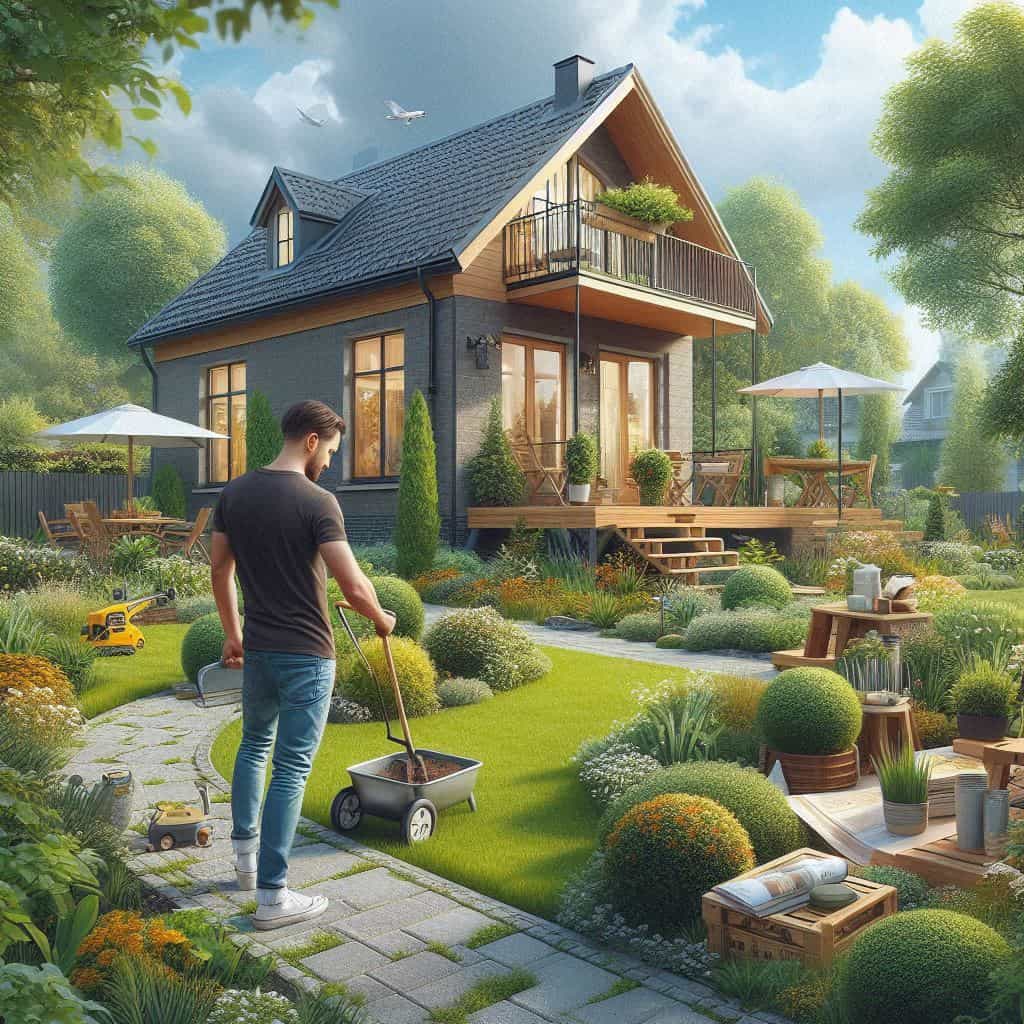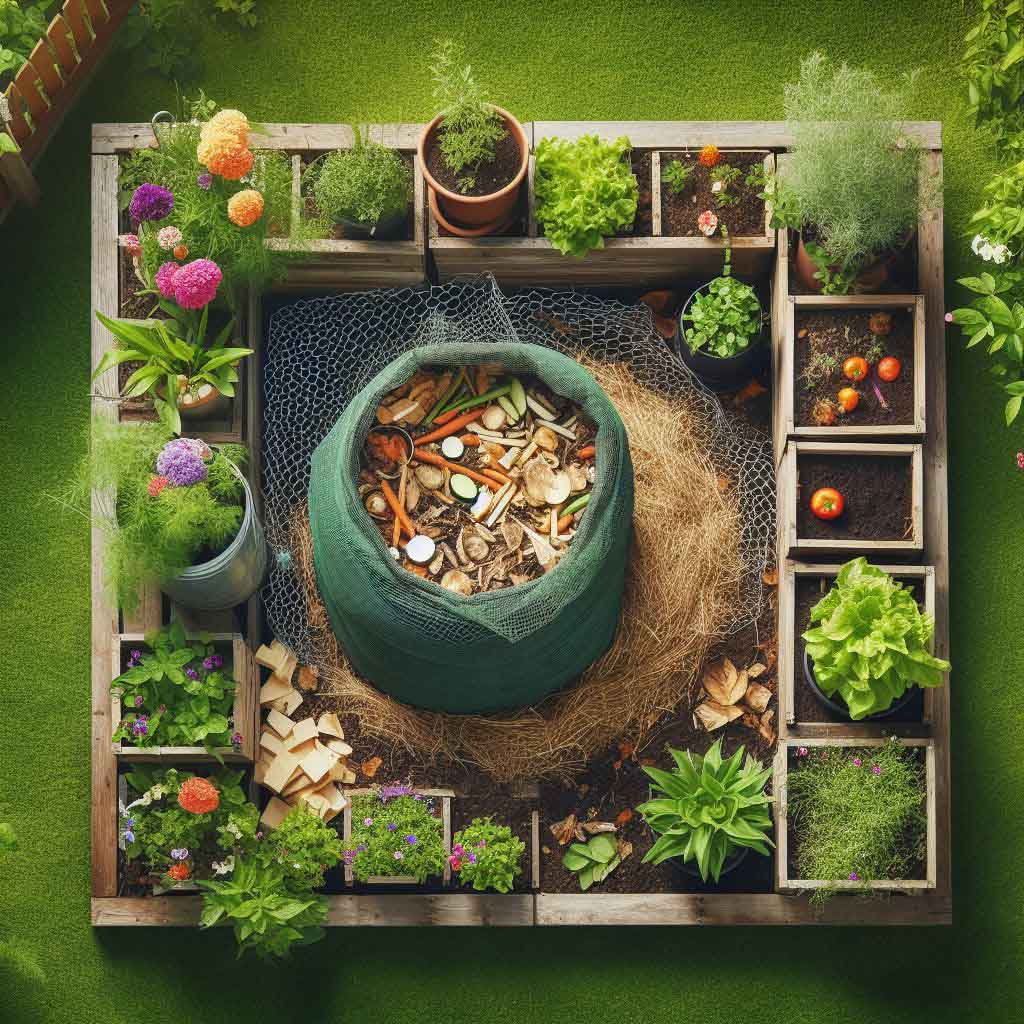Description: Bugleweed, scientifically known as Ajuga reptans, is a low-growing perennial plant that belongs to the Lamiaceae family. Native to Europe, Bugleweed has become popular in landscaping for its attractive foliage and colorful flower spikes. It is known for forming dense ground covers and is commonly used in gardens, borders, and shady areas.
Habitat and Distribution: Bugleweed is adaptable to a variety of conditions and can thrive in both sun and partial shade. It is often found in woodlands, meadows, and along the edges of gardens. Bugleweed is native to Europe but has been widely cultivated and naturalized in North America and other regions.
Physical Features:
- Leaves: The leaves of Bugleweed are typically dark green, glossy, and arranged in rosettes or along creeping stems. The foliage can vary in shape, with some leaves being rounded and others more elongated.
- Flowers: Bugleweed produces spikes of tubular flowers in shades of blue, purple, pink, or white. The flower spikes rise above the foliage and add a splash of color to the landscape.
Ecological Significance:
Bugleweed has ecological significance, including:
- Ground Cover: The dense growth habit of Bugleweed provides ground cover, helping to suppress weed growth and reduce soil erosion.
- Pollinator Attraction: The flowers attract bees, butterflies, and other pollinators, contributing to local biodiversity.
Cultural Uses:
- Landscaping: Bugleweed is popular in landscaping for its ability to form attractive ground covers. It is often used as a border plant, in rock gardens, or as a filler in shaded areas.
- Erosion Control: Due to its spreading habit, Bugleweed is sometimes used for erosion control on slopes or in areas where soil stabilization is needed.
Control and Management:
Cultural Practices:
- Proper Planting: Plant Bugleweed in well-drained soil and provide adequate sunlight or partial shade, depending on the cultivar. Proper spacing can help prevent overgrowth.
- Mulching: Applying mulch around Bugleweed can help retain moisture, suppress weeds, and maintain a neat appearance.
Division:
- Periodic Division: To control the spread of Bugleweed, consider dividing clumps every few years. This can help rejuvenate the plant and reduce overcrowding.
Hand Pruning:
- Trimming: Regularly trim or prune the edges of Bugleweed to prevent it from encroaching on neighboring plants or spreading too aggressively.
Chemical Control (if necessary):
- Herbicides: In extreme cases of overgrowth, selective herbicides labeled for broadleaf weed control can be used, but caution is advised to avoid harming desirable plants.
Preventing Spread:
- Regular Monitoring: Regularly inspect Bugleweed for signs of overgrowth or spreading. Early detection allows for timely intervention.
- Maintenance Practices: Proper maintenance, including regular pruning and division, can help prevent Bugleweed from becoming invasive and maintain a controlled growth pattern.
- Choosing Cultivars Wisely: Selecting non-invasive cultivars or hybrids of Bugleweed can be a proactive measure to avoid aggressive spreading in garden settings.
In conclusion, Bugleweed is a versatile and attractive plant commonly used in landscaping. While it offers several benefits, its spreading nature requires careful management to prevent it from becoming invasive. Implementing proper cultural practices and, if necessary, controlled division or pruning can help strike a balance between enjoying Bugleweed's aesthetic appeal and preventing its aggressive spread in garden settings.



